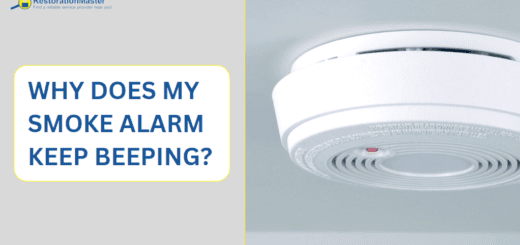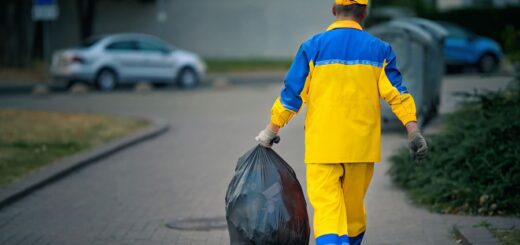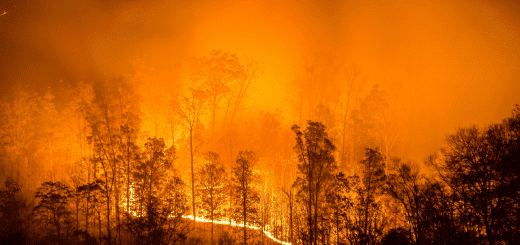Fire Safety Tips For the Holiday Season
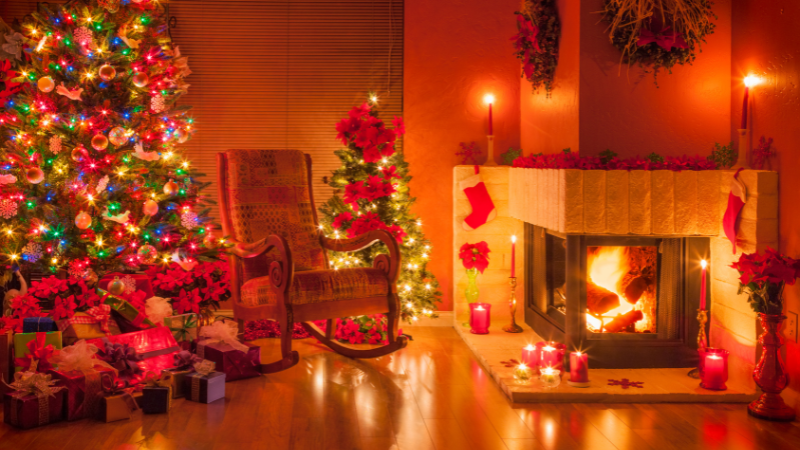
Holidays can be wonderful, exciting, and fun. However, they don’t come without risk. The holiday season can present fire hazards that may not have the same risks in other times of the year. Most of these concerns revolve around the use of candles, cords, decorations and stressing certain household appliances like your stove or refrigerator.
Every year the U.S. fire department responds to more than 1 million fires, and every 23 seconds a fire department respond to a fire somewhere around the country. During the winter holidays, fire risks increase because of holiday cooking, holiday decorations, Christmas trees and other factors. Cooking is the leading cause of reported home fires, with Thanksgiving, Christmas and Christmas Eve as some of the peak days. Did you know on average about 160 house fires starts around Christmas trees?
Use the tips below to help keep the holiday spirit while keeping your family safe this season.
Stay in the kitchen when cooking holiday food
To avoid a nasty holiday accident, stay in the kitchen when cooking. One of the most common causes of holiday fires is unattended cooking for too long. This includes the stove, oven, and grill. Remind your family to keep a close eye on what’s cooking.
Fires in the kitchen are often started by grease buildup on kitchen equipment. Before you get started with any kind of deep-frying or sautéing, make sure you’ve cleaned off the stovetop (or whatever surface you’re using) and most importantly, take care when disposing of grease. Never try to put grease in the sink—it will only cause clogs and damage your pipes. Instead, place paper towels on top of the liquid grease and let it soak through before throwing it away in an outside garbage bin.
Inspect decorations
Check all wires on your lights to be sure they are not frayed or worn. Make sure all bulbs are in good condition and not burned out. If you have an electrical outlet near where you’ll be using your lights, make sure it has a ground fault circuit interrupter (GFCI) protection device installed and working properly.
Use only UL-listed light strings and extension cords with the proper gauge rating for the current draw of your lights. Don’t overload outlets with too many plugs or too much wattage. Keep in mind that some older homes may not have enough power outlets to safely use more than one string of lights per outlet without overloading the circuit breaker or fuse box.
Be careful with candles
Keep candles away from anything that could catch fire. This includes decorations on Christmas trees and other flammable materials like dry leaves or paper. Candles can easily ignite these materials and start a fire.
Candles should always be placed on a sturdy surface that won’t tip over easily, such as a table or shelf. Never place candles near curtains or furniture that can easily burn if exposed to flames. Keep candles out of reach from children or pets and avoid burning them near the Christmas tree. Candles can cause fires if they are knocked over, especially near decorations such as tinsel that catch fire easily!
Do not leave lit candles unattended. If you must leave the room for any reason, turn off the candle and put it out before leaving the room. This will help prevent fires from starting if someone walks into the room with an open flame or sparks near them and accidentally bumps into something that could start a fire if it gets too close.
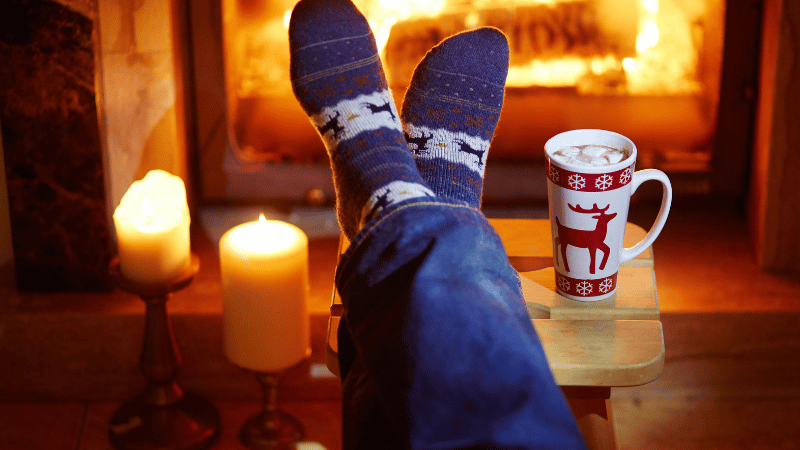
Never leave a fire in the fireplace unattended
Don’t leave the room while the fire is lit and unattended. The average house fire takes just two minutes to reach flashover—the point when everything in the room is on fire—so it’s key to not only clear out of the room when you’re done with a fire, but to close the flue if you have one. If you’re using a wood-burning stove, make sure to keep a fire extinguisher nearby. Most importantly, never let children play with matches or lighters. If someone isn’t full grown yet and still playing around with fire, chances are they’re not mature enough to be left alone in a room with an open flame—it’s better to err on the side of caution when it comes to your family’s safety.
Keep your Christmas tree watered
Keep your Christmas tree well-watered throughout its life. This will keep a fire from starting as a result of dry needles and branches—a dry tree is much easier to ignite than a well-watered one, and can be ignited by candles and electrical lights when other flames wouldn’t have caught it on fire.
Tree watering can be a bit of a challenge when you keep your tree indoors, but it’s important to make sure your tree doesn’t dry out. If you already have a tree, check the bottom of its trunk before setting it up. If any part of the trunk is dried out, water that section first before putting up your tree. Once you have that done and have put your tree up in the stand, you’ll want to start watering from the bottom. Whether you choose to do this with a watering can or with a hose depends on how much space you have. If there’s room in your house for you to use a hose without worry, go ahead and get started!
It’s also important to consider where you choose to set up your tree: in addition to access to plenty of water, it should be placed in an area with proper ventilationVentilation is the process of exchanging or circulating air ... More so the smoke from the fire can dissipate quickly.
With such an open atmosphere of celebration, it’s easy to forget that accidents can happen even when people are together in familiar spaces. Don’t underestimate how quickly a small fire can spread throughout your home; be sure to have a plan of action in order to keep everyone in your home safe. If you do find yourself in a fire accident, be sure to also learn about how to handle these fire emergencies, then find a professional fire restoration company around you to help.










